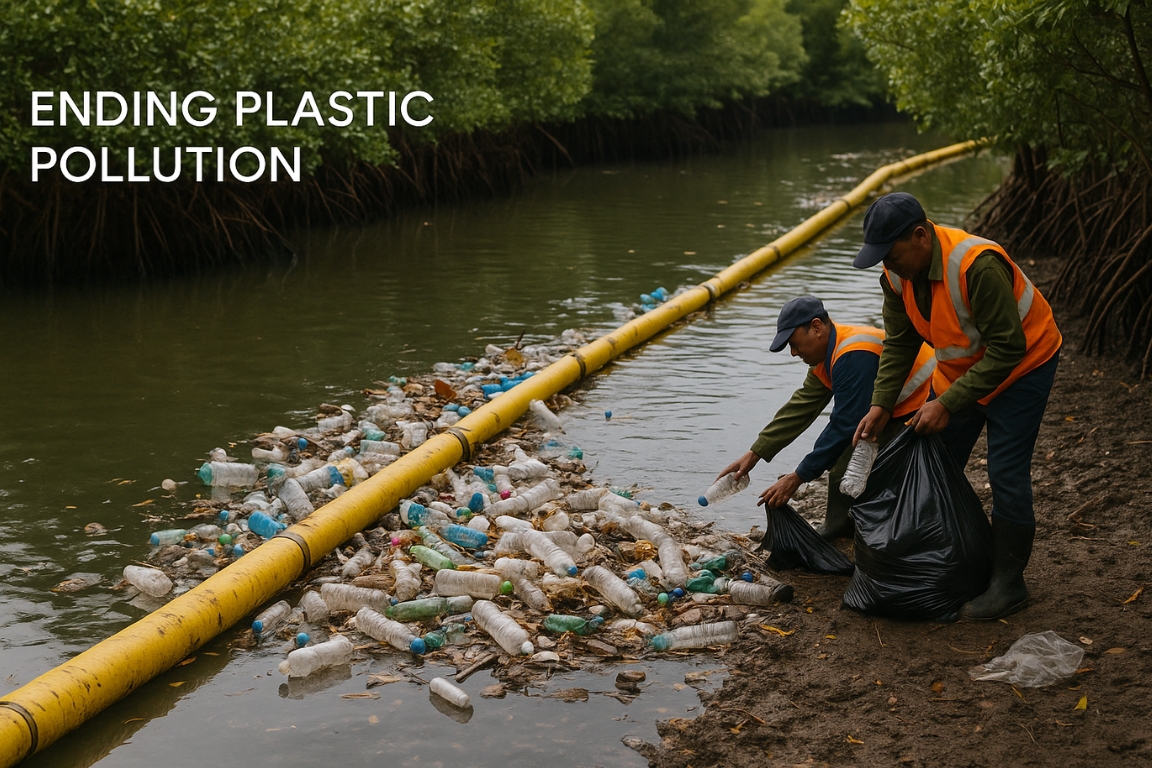The Paris Agreement has completed 10 years, and the debate on global climate action has intensified ahead of COP30 at Belém (Brazil).
Paris Agreement:
- Adopted at COP-21 (Paris, 2015) as a legally binding global climate framework to fight climate change.
- Aims to limit global temperature rise to well below 2°C and pursue 1.5°C warming limit by cutting global emissions.
- Emphasises equity & common but differentiated responsibilities (CBDR-RC) with financial, technological, and capacity-building support for developing nations.

Slowing the Warming Path
- Before 2015 → world projected to heat 4–5°C by 2100.
- Today → trend lowered to ~2–3°C due to collective policies and climate cooperation.
Shift in Global Energy Economics
- Ten years ago fossil fuels were cheapest energy source.
- Now solar, wind, hydropower lead global growth.
- Clean energy brings jobs, energy independence, and security.
Rise of Electric Mobility
- Electric mobility once unrealistic; now mainstream.
- EVs ≈ 20% of new vehicles worldwide — rapid decline in transport-related fossil fuel use.
India–France Cooperation: ISA Success Story
- International Solar Alliance (ISA) launched at COP21 by India and France.
- Now 120+ members, supports capacity-building, funding, and technology.
- India targets:
- 50% non-fossil power capacity (achieved 5 years early),
- Low-carbon growth for Viksit Bharat 2047,
- Net-zero by 2070.
Key Priorities for COP30
- Raise Global Climate Ambition: Current pledges insufficient — faster emission cuts essential.
- Just & Inclusive Transition: Protect vulnerable populations. Support to Loss & Damage Fund, GCF, early-warning systems.
- Protect Natural Carbon Sinks: Forests, mangroves, oceans — crucial for climate stability. Protect ecosystems like Amazon & Sundarbans.
- Empower Non-State Actors Climate action must involve: Local governments, Businesses, Scientists, Civil society & youth
Uphold Climate Science
- Defend IPCC-led research against misinformation.
- Promote science-driven policies.
GOALS OF 2015 PARIS CLIMATE SUMMIT
- Limit global temperature rise to well below 2°C above pre-industrial levels and aim for 1.5°C.
- Reduce greenhouse gas (GHG) emissions rapidly to reach net-zero around mid-century.
- Strengthen climate resilience and reduce vulnerability to climate impacts.
- Ensure climate finance to developing countries, targeting $100 billion per year by developed nations.
- Nationally Determined Contributions (NDCs): countries must submit their own emission-reduction targets.
- Global stocktake every 5 years to review progress and strengthen commitments.
Conclusion:
The Paris Agreement has not solved the crisis, but it changed the global direction — the transition to a greener planet is slow but unstoppable.
This topic is available in detail on our main website.





